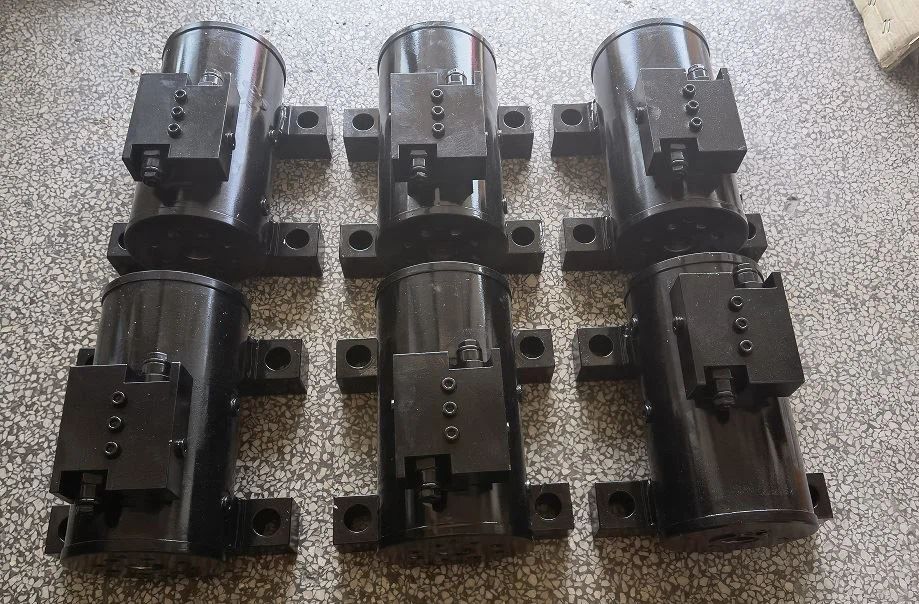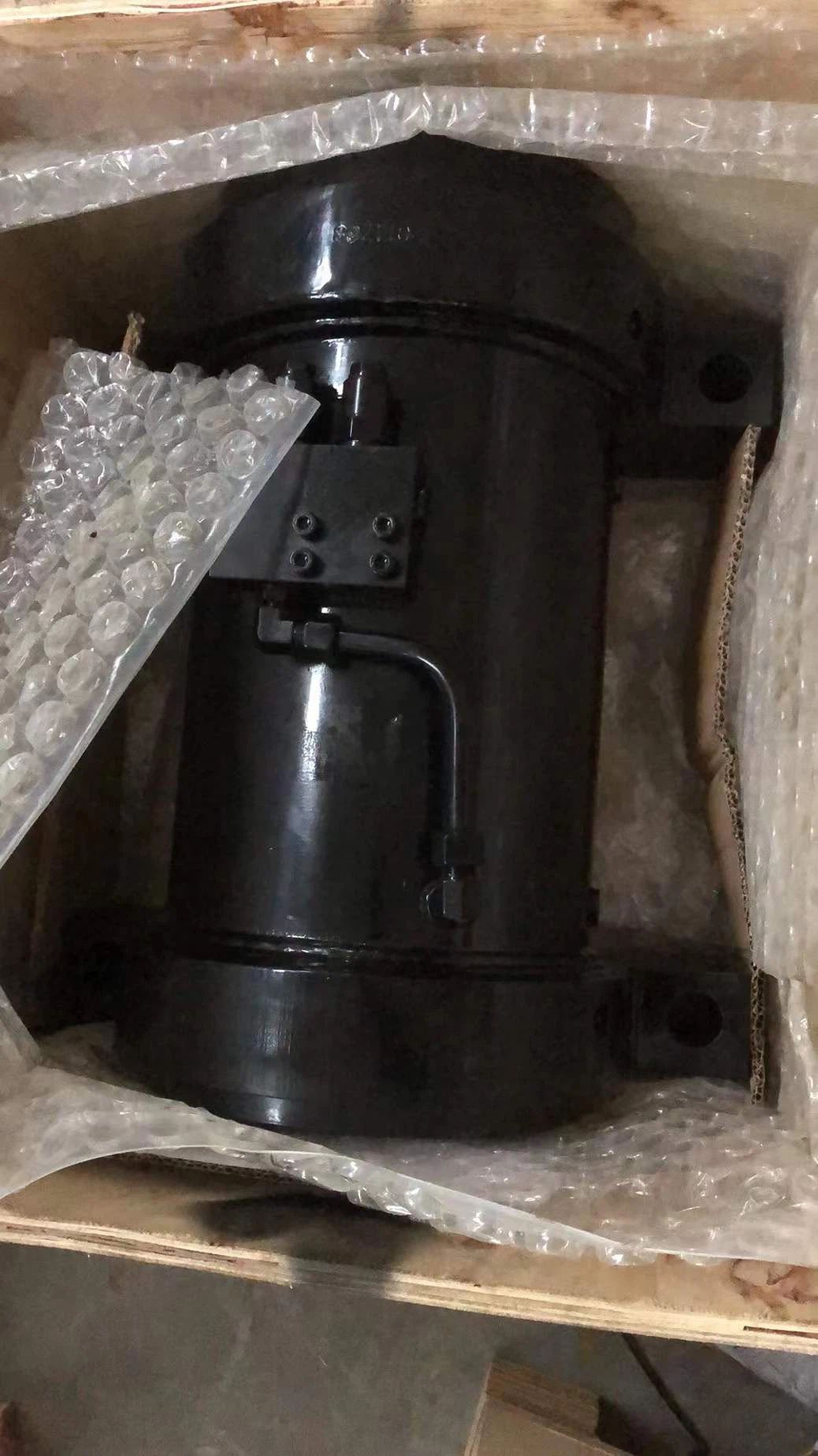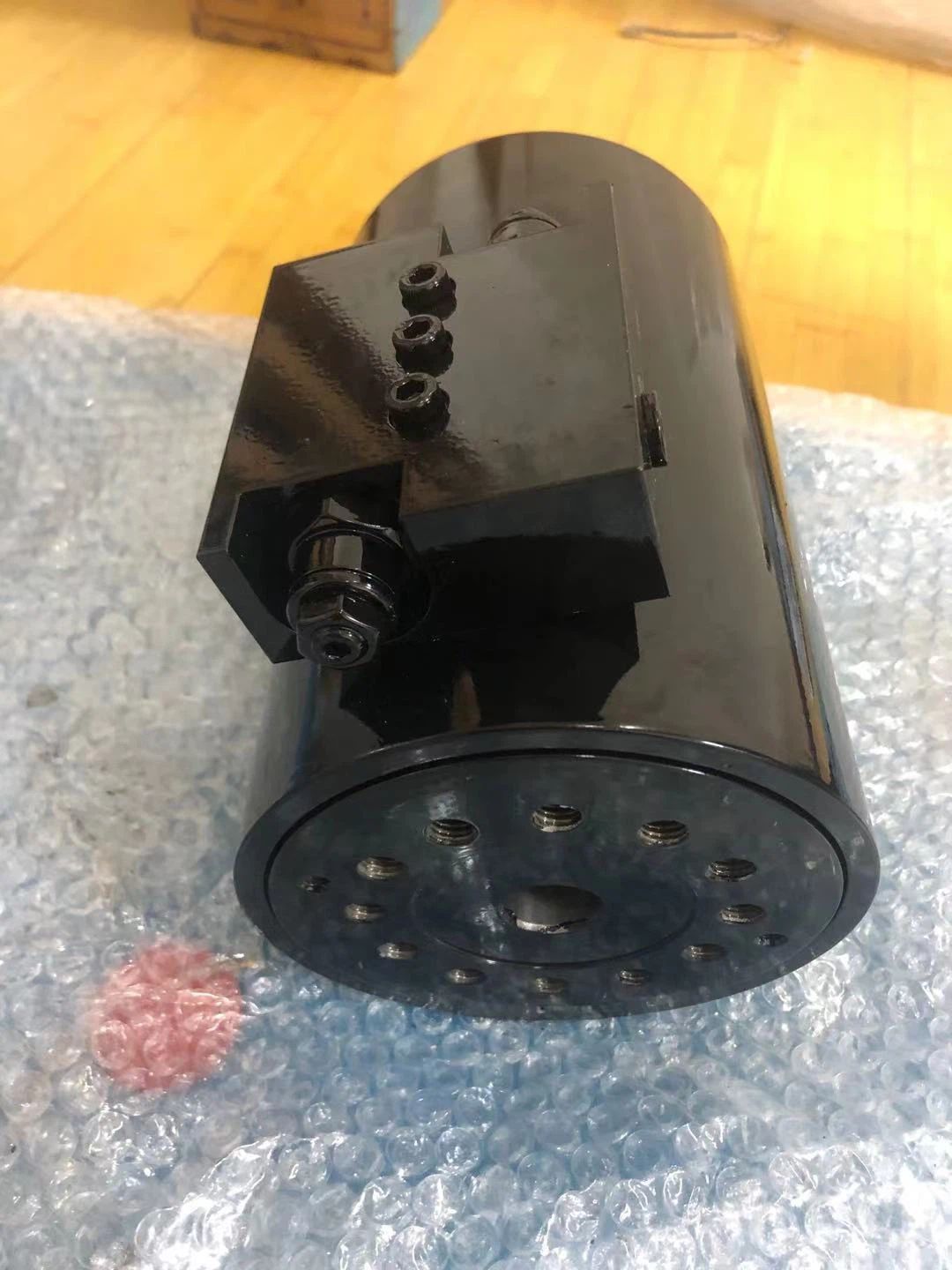When selecting marine hydraulic cylinders, it is important to consult with manufacturers or suppliers experienced in the marine industry. They can provide guidance on the appropriate cylinder design, materials, and specifications based on the specific marine application and regulatory requirements.
Marine Hydraulic Cylinder
Shock and Vibration Resistance: Marine environments can subject hydraulic systems to significant shock and vibration. Marine hydraulic cylinders are engineered to withstand these dynamic forces and maintain their performance and reliability under such conditions. They may incorporate features such as shock absorbers or robust mounting systems to mitigate the effects of shock and vibration.
Compliance with Marine Regulations: Marine hydraulic cylinders must meet specific industry standards and regulations for marine applications. These standards ensure the safety, reliability, and performance of the cylinders in marine environments. Examples of relevant standards include those set by classification societies such as ABS, DNV, or Lloyds.
Application Specificity: Marine hydraulic cylinders find application in various marine systems and equipment, including steering systems, hatch covers, davits, cranes, winches, stabilizers, rudder systems, and many others. The cylinders are engineered to meet the specific requirements of each application, considering factors such as load capacity, stroke length, speed, and environmental conditions.
Hydraulic cylinder Material
Gland----------High grade ductile iron
Piston---------High grade ductile iron
Tube ---------Cold drawn honed tubing
Rod-----------Chrome plated C1045 steel
End caps-----Casting steel(ZG35)
Gland seals---Polyurethane U-cup
Rod wiper----Urethane snap in
Piston seal----Urethane seal
Mounting-----Pin eye mounting on both ends
Paint color---Black, Grey, Red or as your request



















Inquire Form